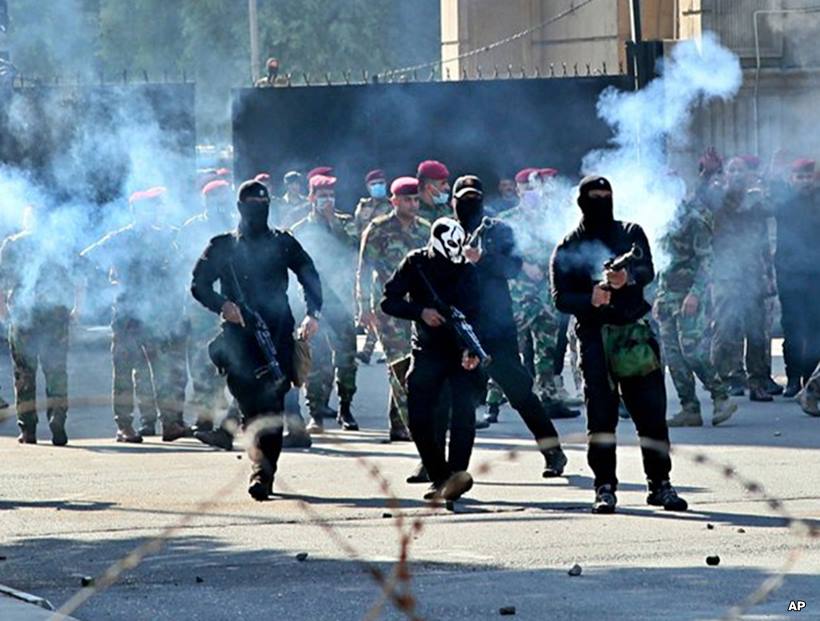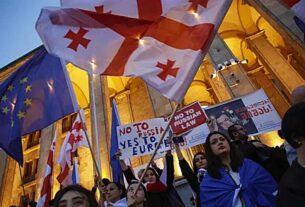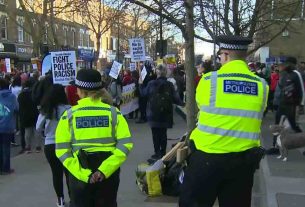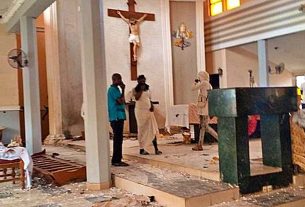Iran’s Role In Violence Against Protesters In Iraq And Lebanon
Thu 31 October 2019:
Iran’s Supreme Leader Ali Khamenei on Wednesday said the protests in Iraq and Lebanon were financed by Gulf Arab countries, with petrodollars and organized by “intelligence services”. In a speech, Khamenei conceded that the demands of the protesters “are just”, but these should be addressed “within legal frameworks”.
The popular protest movements in Iran and Lebanon have worried Iran’s leaders for the past month, as Iran regards governments in both countries to be under its influence and does not want to see any major change.
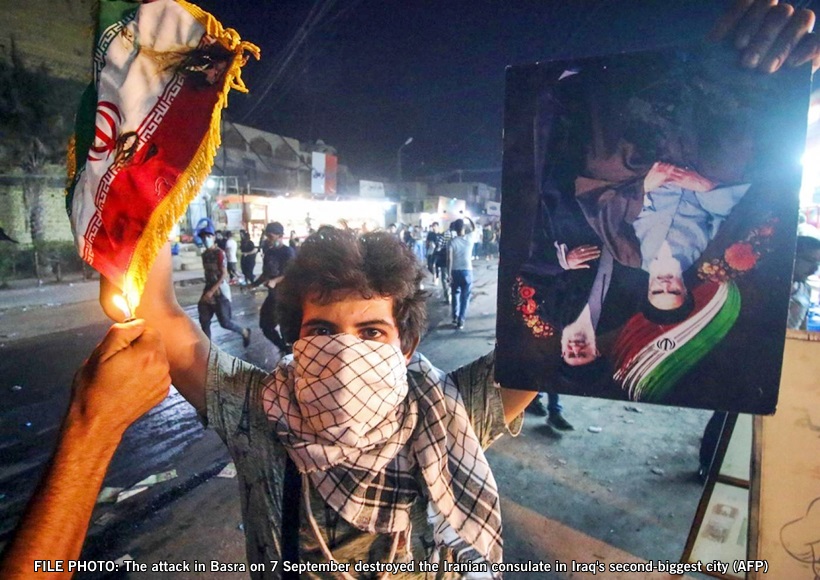
Iranian officials and government-controlled media have been baling the protests on foreign machinations, mainly the United States and Saudi Arabia. This is a typical response by the Islamic Republic, which made the same allegation during rounds of protests in Iran in 2009 and then in 2017-2018.
The Associated Press reports that immediately after the anti-government protests erupted in Iraq, the notorious commander of Iran’s Qods (Quds) force, Qassem Soleimani flew to Baghdad and chaired a meeting of Iraqi security officials. He told them that Iran knows how to put down protests, according to two senior officials who spoke with AP.
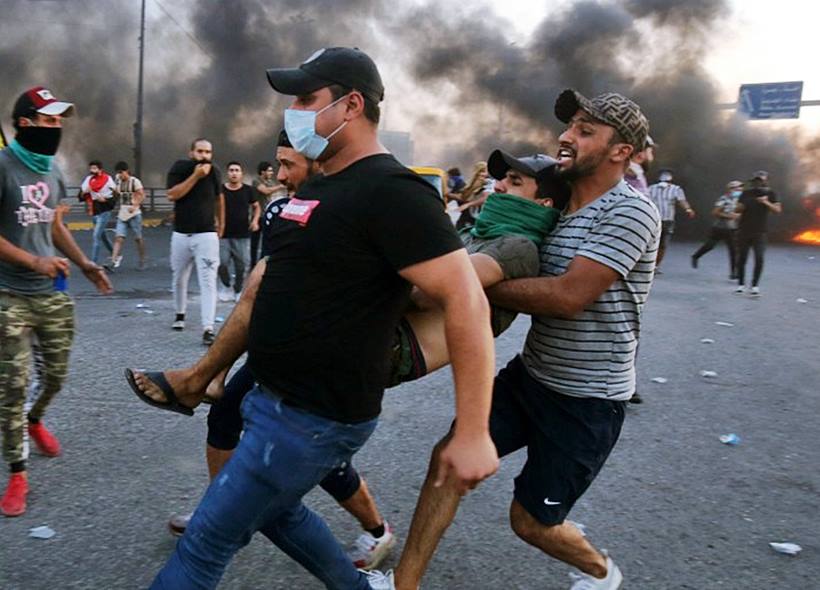
This is one of the most direct indications of what some already believed is the role Iran’s Revolutionary Guards are playing. Moreover, a hardliner in Iran representing Supreme Leader Ali Khamenei has twice called on Iraqi Shiite militia to “capture” the U.S. embassy in Baghdad.
The day after Soleimani showed up, things got much more violent in Iraq, with security forces, or unknown men posing as Iraqi security opened fire on protesters and the death toll quickly climbed to 100. Some of these elements had taken positions on rooftops and were shooting the people as snipers do, aiming at the upper parts of the body.
On October 7, Iraq’s powerful Hashd al-Shaabi force allied with Iran said it was ready to implement government orders to prevent “a coup d’etat or a rebellion” after violence thatleft more than 100 dead.

The death toll kept rising but the protests did not die down. After the Shiite religious Arbaeen events thousands again came out into the streets and things got even uglier in the predominantly Shiite southern cities.
With the death f hundreds of protesters, people began blaming Iran and Iran-backed militias. There were instances of protesters attacking offices affiliated with Iran’s allies and the guards protecting these buildings killed more protesters.
This week, masked men in black stood in front of Iraqi soldiers, facing off with protesters. Residents said they did not know who they were, with some saying they were Iranians.
The demonstrators were shot yesterday in Karbala. pic.twitter.com/6gfwek14C5
— iraqi observatory for human rights المرصد العراقي (@IraqHumanRights) October 29, 2019
“Iran is afraid of these demonstrations because it has made the most gains in the government and parliament through parties close to it” since the U.S.-led invasion of Iraq in 2003, Hisham al-Hashimi, an Iraqi security analyst told AP. “Iran does not want to lose these gains. So it has tried to work through its parties to contain the protests in a very Iranian way.”
Sometime late Monday and early Tuesday things got much worse in the Shiite holy city of Karbala, where masked men fired on demonstrators and killed 18 people.
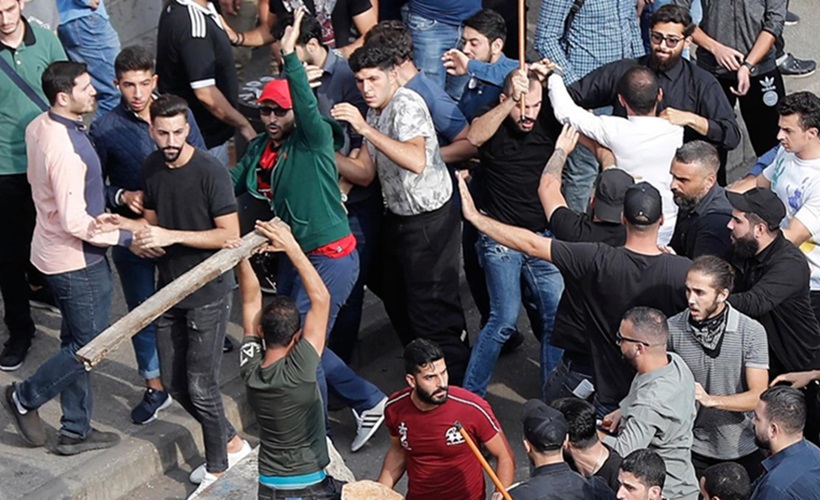
The latest from Iraq is that the two largest blocks in parliament have agreed to oust Prime Minister Adel Abdul Mahdi. One of these blocks is a parliamentary alliance of Iran-backed militias. This can mean that Tehran has decided Abdul Mahdi can be sacrificed perhaps to help quell the unrest, or portray pro-Iran militias as sympathetic to protesters.
In Lebanon also, Iran has a lot to lose if protests lead to major changes. Through lavishly financing its ally Hezbollah and working systematically for two decades, Iran has created a lot of influence over Lebanese politics. Hezbollah has veto power in the sectarian and fractured parliament and the cabinet.
Hezbollah leader Hassan Nasrallah has repeatedly tried to scare protesters that if they persist chaos and even civil war can break out. When that did not work, Hezbollah supporters tried to disrupt protests. The last attempt was on October 29, when they rampaged through the main protest camp at downtown. Shortly afterwards, the Sunni Prime Minister Saad Hariri resigned.
Think your friends would be interested? Share this story!


